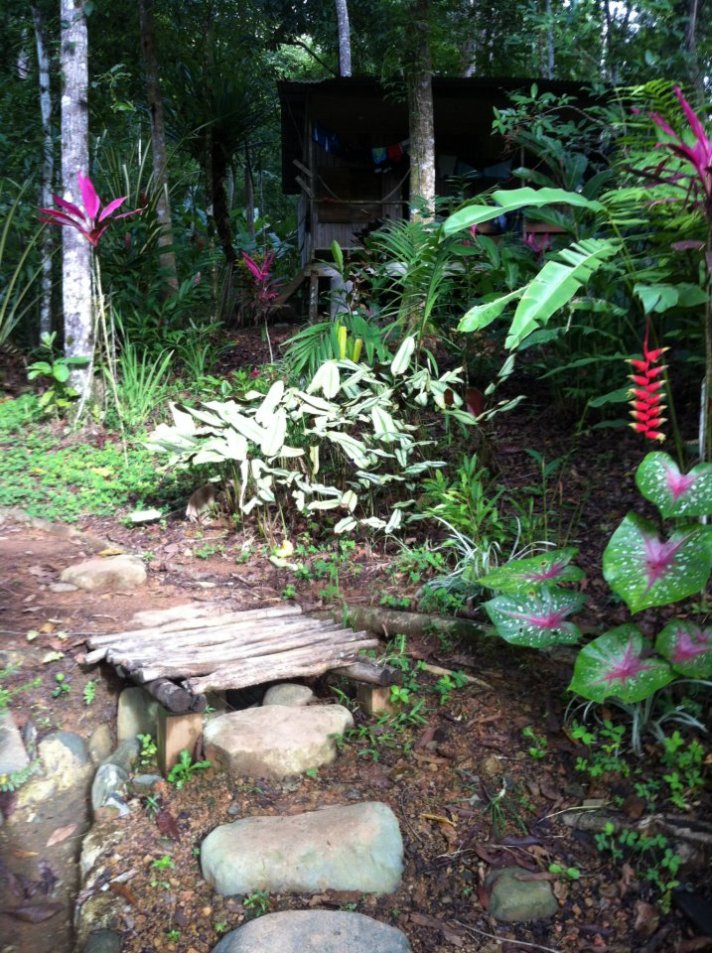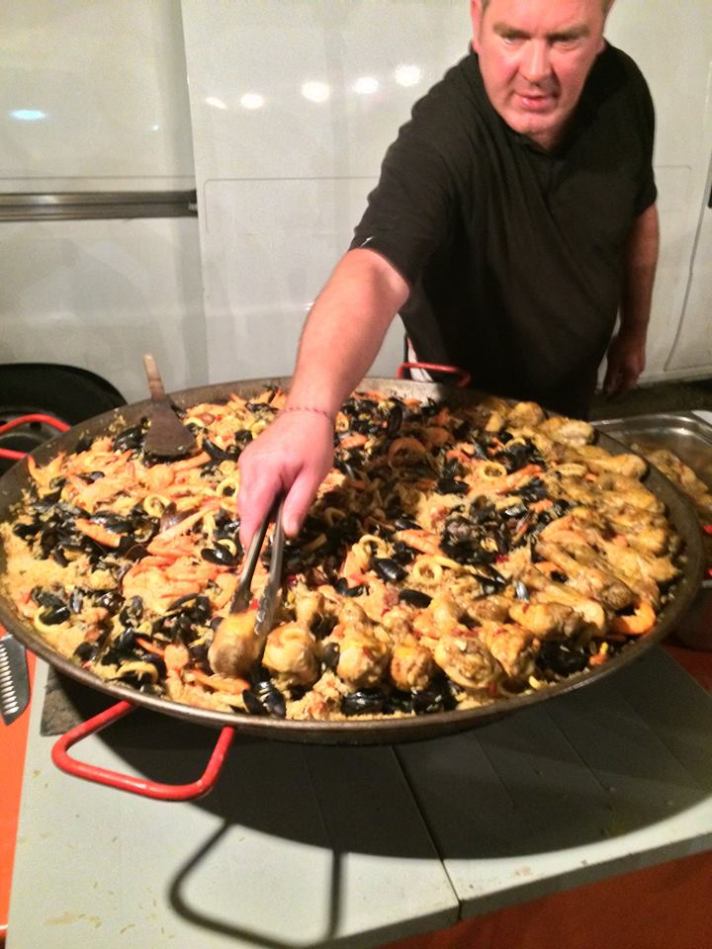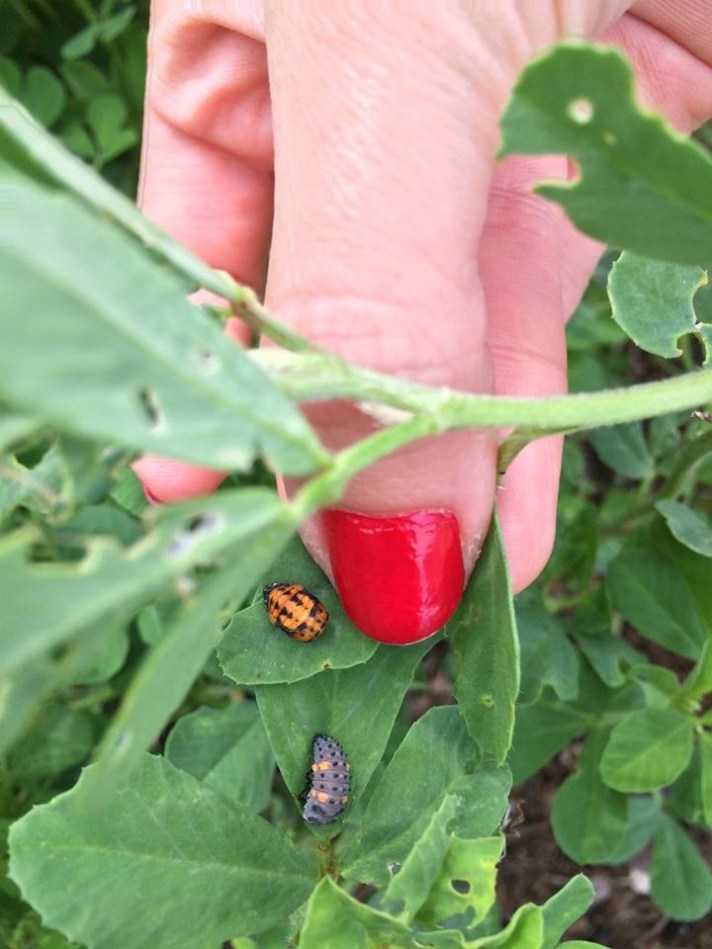Sometimes I grapple with finding a justification for traveling such long distances in relatively small periods of time for my education. As a graduate student in a program with international components and as an environmentalist, I cannot overlook the tremendous amount of energy it takes to travel to new places. Whether it be going on week long class trips or moving to a new city to study, the transportation environmental costs are tremendous. Despite the expenses associated with traveling, I tend to think it is worthwhile if your travels have a beneficial impact on your local community when you return to the place you call ‘home.’ Still, I ask myself, “Can any form of global travel be considered sustainable?”
For the first time in our species’s history, carbon dioxide has surpassed 350ppm. This greenhouse gas, along with methane and a few others, are contributing to a rapid increase in average global surface temperatures. The major implications associated with climate change are unpredictable weather patterns, increased frequency and intensity of extreme weather events, rising sea levels, more climate refugees, and species extinction on a scale humans have never before experienced in history. The wide ranging impacts of climate change are difficult to comprehend for many, and this is one of the causes of delayed action by politicians around the world. Knowing all of this and still traveling seems to be irresponsible for anyone trying to impact the environment in a positive way.
Yet, I am currently on a bus for the next 6 hours with my fellow classmates from St. Edward’s University, traveling from Angers, France to the north of France to study marine biodiversity. My peers are also astonishingly environmentally aware people who make great strides to have positive impacts on the natural world. Additionally, the people in making decisions for this Master’s degree program in Environmental Management and Sustainability, I assume, are environmentally conscious individuals. So what benefit could be behind this trip to the north of France (and to Angers, France more broadly)?
The educational benefit could not be overlooked in this situation. We will be learning valuable information about ecosystems, sustainable development, environmental pollution monitoring, and more topics that will be applicable to our future goals to help the planet in the career paths we choose to take. Education is our most powerful tool against most of the challenges we face on a daily basis. No meaningful change can arise without knowledge of the right action to take. The objective to become an educated human being, however, is not sufficient to justify such extensive travel.
Furthermore, we must have an intention on taking what we learn from our traveling and applying it to a local community in need of support economically, socially, and/or environmentally. For me specifically, it is not enough for me to learn about ways to build more sustainably and live a lifestyle that benefits the planet. What I learn on my journey ought to be shared with others and put into practice if it has the potential for a great impact on society, the environment, and/or the local economy. This may start on a global scale when traveling to acquire knowledge and new perspectives on the world’s problems, but it should always end on a local scale where these new ways of thinking can be implemented to benefit society and the environment.
On the other hand, the way we travel today is unsustainable even if you have good motives, like environmental education. We require mammoth amounts of fossil fuels to transport ourselves to far away destinations across the globe. The production, maintenance, and use of vehicles and transportation related infrastructure is dependent on a fossil fuel economy. Until it becomes more convenient to travel in a way that does not threaten global health, we will continue to choose to travel via unsustainable means until we can no longer afford the environmental and economic consequences of such actions. There is promise for the future in the realm of renewable energies and sustainable development for travel to become more environmentally friendly, but we must move definitively faster than our current pace if we want to avoid a climate crisis by raising the average global surface temperature above 4 degrees Celsius.
So, can any form of global travel be considered sustainable? Despite being torn between the answer to this question, I would still answer yes. When you travel to another country and experience another culture, you gain a new perspective on everything you thought to be truth. It challenges your most inner convictions. If you have the opportunity to gain perspective on a social, economic, or environmental issue while traveling, this experience can help you in the future when you are trying to solve the complex problems facing the world today in your career. Individually, travel benefits are immediate, but for collective society the benefits might take longer to come to fruition. The act of traveling can induce a kind of expanded consciences, therefore the traveler has an obligation to share his or her experience with the local community to which they belong. The inspiration for beneficial changes may not always start at home, but ultimately and ideally the idea of beneficial change that was gained through international travel should inspire you to go out into your community and have a profoundly positive impact.





